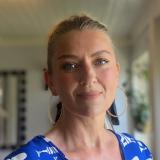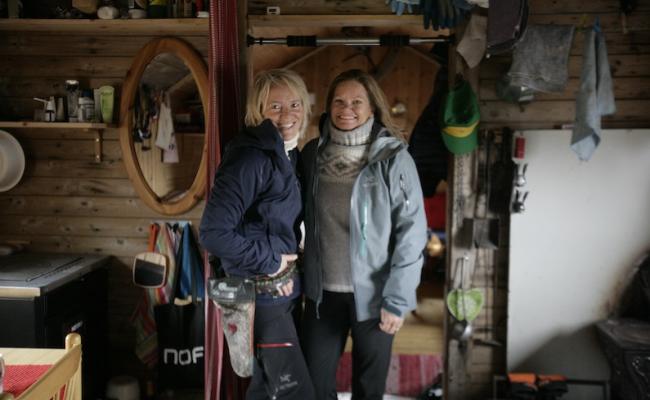Prolong Stay in Trapper’s Cabin: “Isolation Gives Us Meaning”
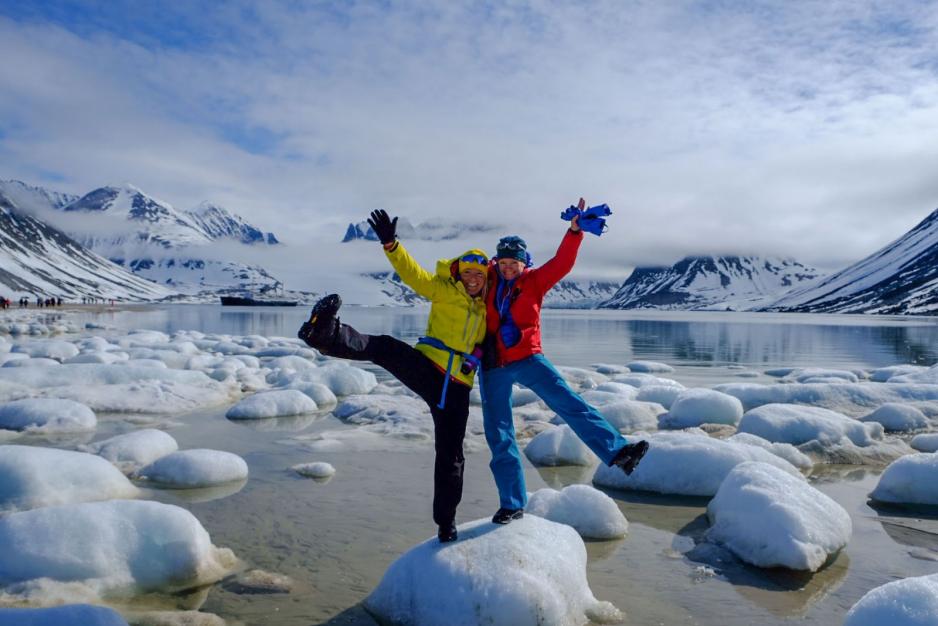
Stopped by Corona: Hilde Fålun Strøm (left) and Sunniva Sørby will not finish their stay at Bamsebu trapper’s cabin, Svalbard, as planned. Photo: Private.
After 229 days in a 20 square meter trapper’s cabin from 1930 on Svalbard, Hilde Fålun Strøm and Sunniva Sørby were to finally return to civilization on 8 May and to be met with songs, celebration and long-awaited hugs from their near and dear ones. Covid-19 had other plans.
The 8th of May was to be the final day at Bamsebu, located 140 kilometers south of Longyearbyen, for Hilde Fålun Strøm and Sunniva Sørby, who after 229 days of overwintering at the isolated trapper’s cabin were to move back to civilization.
However, while the two fresh public researchers collected plankton and ice samples from Svalbard, the world as we knew it was changing. The reports of a pandemic reached the cabin, and with time, it became evident to Strøm and Sørby that they did not necessarily have an everyday life to return to.
They both work in tourism, and there is not much going on now due to Covid-19. Strøm usually works as product manager for Hurtigruten, and Sørby is on leave from her job at Polar Latitutes, a company offering expeditions to the South Pole.
Returning due to Corona
“Instead of going home, we went to Longyearbyen to store up fresh resupplies. Then we returned to Bamsebu to experience the Arctic summer and to continue collecting data, the two say to High North News.
Why not finish your stay as you had intended to do?
“We feel we can contribute better from Bamsebu right now”, Hilde Fålun Strøm says to HNN.
“What we do at Bamsebu feels more meaningful and important right now. Together with partners, we have created a platform through ‘Hearts in the ice’ and reached an ever-increasing audience. So we are staying because of Covid-19; not because we cannot go home, but because we want to continue”, says Strøm.
Also read
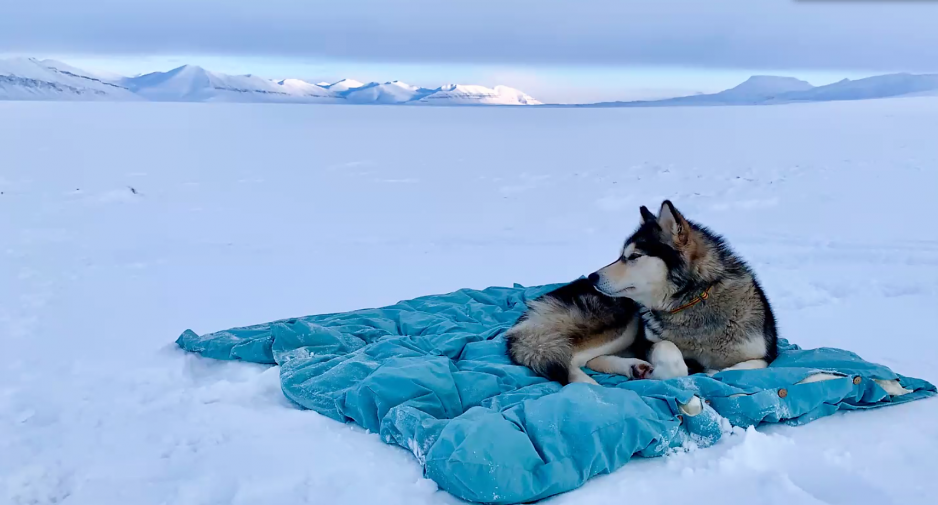
Ettra the dog has not quite figured out that the duvet is out to be cleaned in the cold. Photo: Private
Alone and wide awake
In a live stream from Longyearbyen, the two fresh public researchers shared details about their stay and the experience of complete isolation in the pitch-black polar night.
“We have lived life to the full every day for eight months. We have been completely alone and wide awake. We have mlted into the landscape and weathered the storms, both inside and outside”, Sunniva Sørby says poetically.
The vessel “Nordstjernen” dropped the two women off almost nine months ago, and it was scheduled to pick them up again and bring them back to songs, friends and celebrations of this historic event. However, the virus put an end to that.
Terrified for three months
They describe a life with constant work and also constant fear of the mighty polar bear.
“We are armed whenever we go out. And the polar night is completely dark! We know the polar bear is hiding in the darkness and we are constantly alert. I was terrified every second of the three months that the polar night lasted”, Sørby says.
A total of 35 polar bears explored the trapper’s cabin where the two women lived. Food stored outside lured the bears a bit too close for comfort.
Missing fresh food
Strøm and Fålun have missed friends, family and pizza. But having to work every day for their food, water and personal hygiene has not been a bother.
“But boy, I miss chewing fresh food!” Sørby bursts out.
We feel we can contribute better from Bamsebu right now
Figuring each other out took some time. Sørby was tense and says the first week was the worst.
“It is difficult to learn how to interpret another person. We both had some rough edges that needed honing. It lasted a couple of weeks".
And they have learned lots about themselves.
“Yes. I have learned that I have seven personalities”, Sørby says with a laugh. She says she was confronted with herself in ways she did not know existed.
“I have learned the power of one. And about how powerful we are when we pull in the same direction.”
“Our inner five-year olds have come out, but we have solved all our problems and I am proud of that”, Strøm says with emphasis.
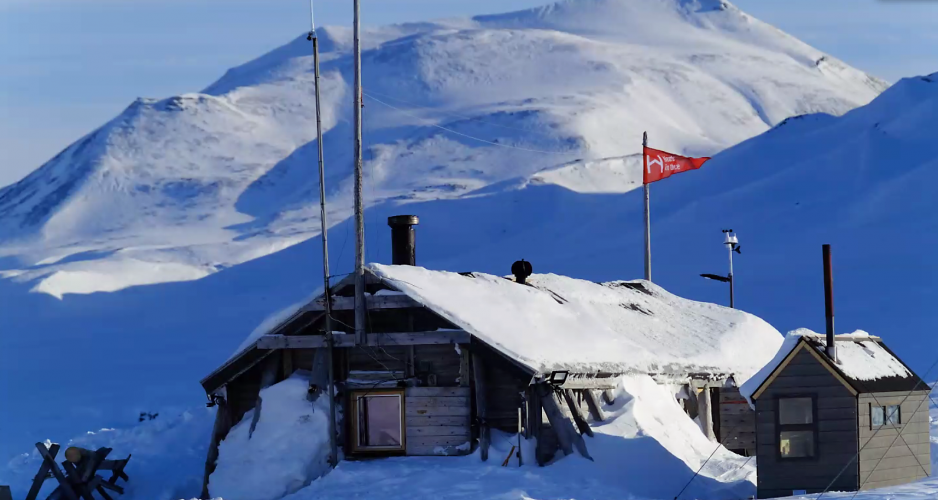
Narrow and cold. Bamsebu trapper’s cabin has been home to Hilde Fålun Strøm and Sunniva Sørby for nearly nine months.
Through September
They now look forward to experiencing the eternal light of the Arctic summer for the next three months.
“I am going to write a book. It is my experience that isolation stimulates creativity. And we will continue conducting research and taking long trips on the Arctic tundra”, Sørby says.
“We look forward to this, to the light and to lighter clothes. I have never been so cold for so long as I was last winter. Now, we will stay at Bamsebu through September”, Strøm says.

Freezing point: “I have never been so cold all my life”, says Hilde Fålun Strøm. Making ice from hot water only took seconds. Photo: Private
Over-stimulated
The women describe their days in Longyearbyen as tiresome, although it has been nice to see people again. Something has changed on the inside.
“Isolation gives us a deeper connection with nature. We know every breath of wind and listen to the sound of ice moving. It is so quiet!”, Strøm says while her partner nods in agreement.
“I feel over-stimulated in the town. In the outback, I know what to do at all times. Life is simple and we do not need much. I lose my footing in town and long back to Bamsebu, where I have a purpose. I feel no purpose in town”, Sørby says.
She smiles at her polar partner. Perhaps the pandemic will be over at the end of the summer. Perhaps Hurtigruten has resumed sailing and they have a job to go to. And perhaps “Nordstjernen”, the vessel that was scheduled to pick them up these days, will be able to meet them as planned without a two-week quarantine.
This article was originally published in Norwegian and has been translated by HNN's Elisabeth Bergquist.

